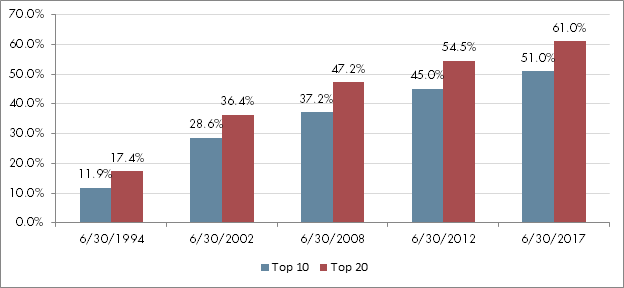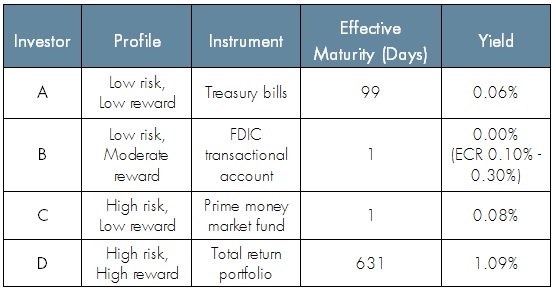Counterparty Risk Management for Corporate Treasury Functions
11 min readAbstract Experience has taught us that counterparties can fail with little warning. Counterparty risk management has become more challenging in recent decades due to concentrated exposures, complex financial instruments and evolving bank credit. Corporate and treasury organizations should manage this risk proactively, have an integrated risk policy across business lines, diversify risk by setting exposure…


